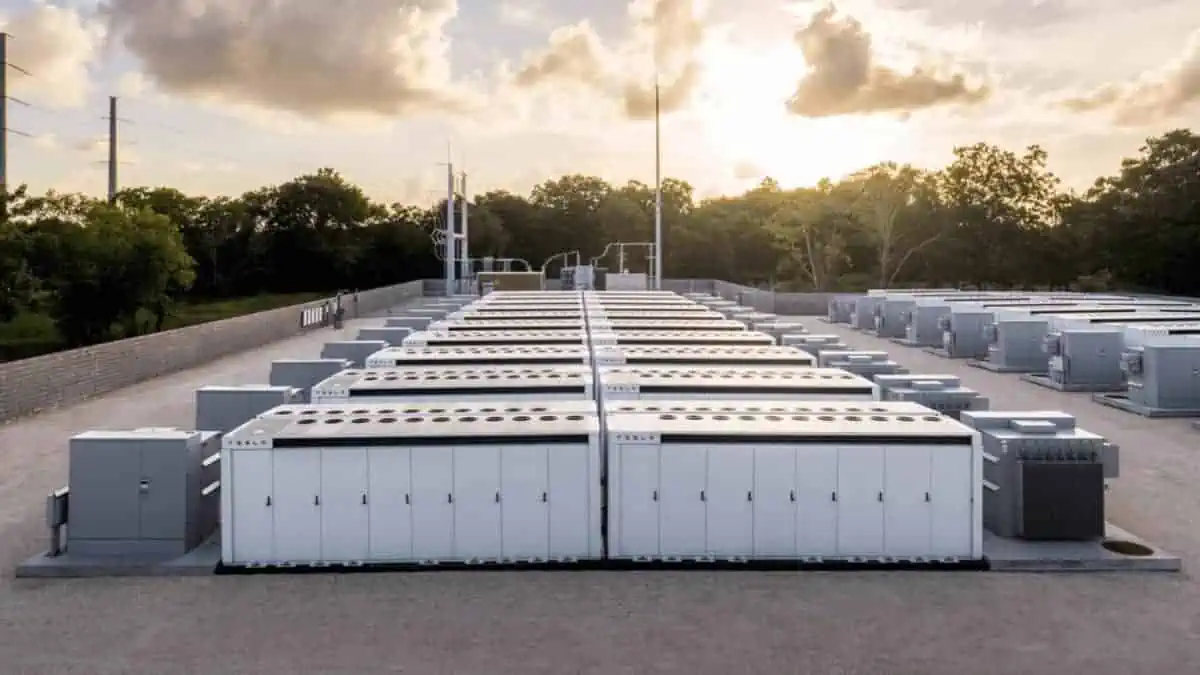Petro-Canada finished its electric vehicle (EV) charging network referred to as the ‘Electric Highway,’ in late 2019. The network has more than 40 high-speed charging stations along the Trans-Canada Highway from Vancouver Island to Nova Scotia.
Petro-Canada’s ‘Electric Highway’ supported by the Canadian government
The project got $4.6 million in funds from the Canadian government. President of the Electric Vehicle Society Wilf Steimle said, “for the electric car owners in Canada, this means they can now travel from coast-to-coast as quickly and conveniently as they would have in a traditional car.”
Network reliability issues: broken and out-of-service chargers
However, since its completion, the network was continuously troubled with reliability problems, with owners frequently reporting broken and out-of-service chargers, as per Drive Tesla Canada.
The company has received feedback from customers and, in an open letter, acknowledged the Electric Highway’s poor reliability, discussing several reasons behind why it has been such a bad experience for many electric vehicle owners.
An open letter released by the company
In the letter published on Electric Autonomy, Petro-Canada said they knew launching a national EV charging network was not at all easy as they were an “early adopter of new technology” and “first in a [developing] market.”
“We understand and appreciate the frustration among EV drivers as we continue to grow and learn from our network. You are pioneering the EV space, helping define the industry as it develops. Rest assured: you have been heard. Petro-Canada is on a mission to keep Canadians moving. Today, that includes creating the infrastructure to support low-carbon energy alternatives and Canada’s Electric Highway is just the beginning.”
The company explained that the issues with the technology worsened by the COVID-19 pandemic, impacting supply chains and limiting the availability of parts.
When they had the parts, Petro-Canada stated travel restrictions made it hard to get technicians to repair the EV chargers.
Despite the challenges, the company states they are committed to improving its network’s reliability.
“Our immediate priorities focus on refining the reliability of our chargers — including hardware and digital capabilities — and enhancing communications with EV drivers. This will improve the network today and prepare us for expansion as we add new stops to Canada’s Electric Highway,” says Petro-Canada.
Petro-Canada has its work cut out for them. One of the first things the company could address is to update its website and accurately report the number of stations currently open and available to EV owners.
A review of Plugshare presents that about 20% of their stations are currently out of order. Still, according to Petro-Canada’s website, all of them are open and with no indications that any are down or facing issues.
In addition, the company’s mobile app doesn’t even show that they have any EV charging stations or which ones are open, under repair, or out of order. That is why it is crucial for them to keep updated information to cater to EV owners on the move.






